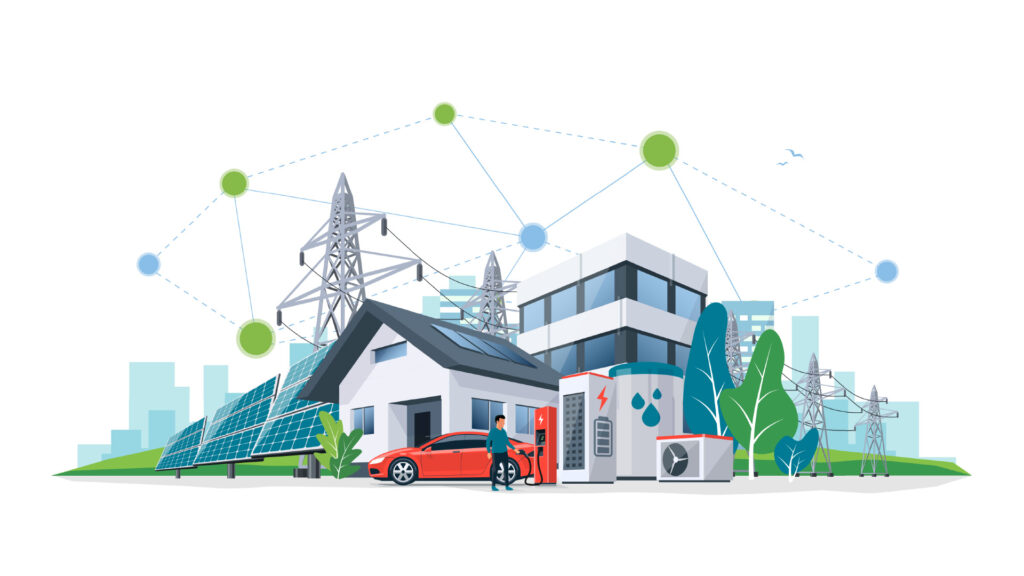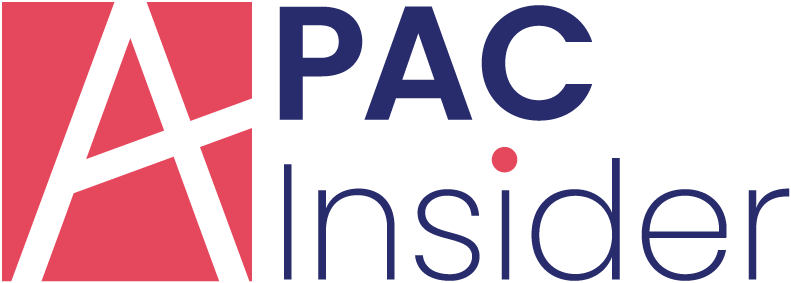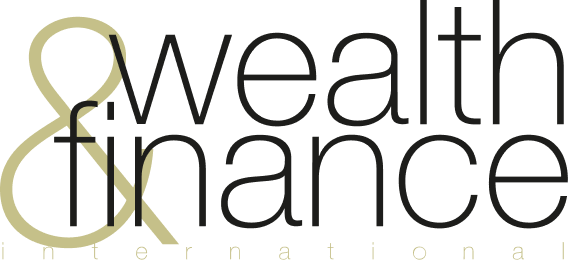Why Continuous Vendor Risk Management Improvement Is Non-Negotiable
A vendor risk management (VRM) program might look solid on paper — well-documented processes, due diligence steps, monitoring checkpoints — but the real test comes when something goes wrong. A sudden service outage, a vendor-side cybersecurity incident, or a missed compliance obligation can all reveal whether your program is truly built to withstand disruption.
That’s why treating VRM as a one-time setup just doesn’t cut it. Risk evolves, vendors evolve, and so should your program. The most resilient organizations treat vendor risk as a living process — constantly improving and adapting to stay ahead of issues rather than reacting to them after the fact.
The Value of Continuous Improvement in VRM
As fintechs and other organizations expand their vendor ecosystems, the complexity and volume of third-party relationships grow. That creates a lot of moving parts — and maintaining control over them requires a VRM program that’s actively evolving.
Here’s how continuous improvement brings value:
- Improved efficiency: Reviewing and optimizing your VRM workflows helps reduce manual effort and free up resources. Whether that’s eliminating duplicated review steps or introducing automation, a more streamlined process means your team spends less time chasing documents and more time making decisions.
- Better alignment with business goals: A mature VRM program supports smarter, risk-informed business decisions. It gives leadership visibility into vendor risks and enables them to weigh those risks against strategic opportunities.
- Increased resilience: A program that’s regularly reassessed is better equipped to respond quickly when something changes. Whether it’s a regulatory update or a vendor experiencing issues, an agile program helps reduce the impact.
- Regulatory readiness: Especially in sectors like financial services, there’s growing pressure to demonstrate strong third-party oversight. According to 2025 State of Third-Party Risk Management report by Venminder, nearly 70% of organizations feel mounting pressure to improve their VRM programs — and regulators are expecting more than basic oversight.
- Risk-aware culture: When vendor risk is treated as an ongoing priority — not a check-the-box task — it becomes part of the organization’s DNA. Regular program updates, stakeholder involvement, and shared responsibility help prevent issues from slipping through the cracks.
Real-World Example: From Static to Strategic
One fintech firm learned the importance of proactive improvement firsthand. Through ongoing monitoring, they discovered that one of their cloud-based vendors was experiencing frequent service outages — which in turn delayed transaction processing and impacted the user experience.
Using a structured vendor management solution, the company reassessed the vendor’s risk profile, reclassified them as high-risk, and implemented a revised mitigation plan. This not only helped minimize immediate disruptions but also improved internal visibility and allowed leadership to take a more strategic approach to vendor risk.
Stories like this highlight why VRM should never sit still. Continuous improvement isn’t about reacting to failure — it’s about building the capacity to spot and resolve issues early, often before they escalate.
Practical Ways to Keep Improving Your VRM Program
You don’t need to rebuild your program from the ground up. Small, strategic adjustments can go a long way toward boosting your VRM maturity:
- Review documentation regularly: Policies, workflows, and procedures should reflect your current approach. Make it a habit to review and update them at least once a year — or after major program changes.
- Track metrics that matter: Are vendors being onboarded on time? Are risk assessments lagging behind? Monitoring key metrics like vendor volume, time-to-review, and incident frequency can uncover performance gaps you might otherwise miss.
- Invest in tools and automation: Manual processes aren’t just slow — they’re risky. Automating due diligence, contract tracking, and ongoing monitoring gives you real-time insight and reduces errors.
- Involve other teams: Vendor risk doesn’t live in a silo. Collaborate with legal, procurement, IT, and compliance to build a more complete picture and invite fresh ideas on how to improve.
- Outsource strategically: Some VRM activities — like collecting vendor documents or performing initial due diligence — can be outsourced to lighten your internal load while maintaining quality and consistency.
- Review assessments regularly: Risks change, and your assessments should too. Build in time to revisit vendor risk classifications, especially when contracts change or new regulations emerge.
- Train continuously: Your team plays a critical role in executing the VRM program. Make sure they stay informed with regular training on tools, processes, and industry best practices.
Final Thoughts: Evolve or Risk Falling Behind
Vendor risk management isn’t something you “complete” — it’s something you maintain, evolve, and strengthen over time. As industries change and third-party dependencies grow, the ability to adapt your VRM program becomes a defining factor in your organization’s resilience and reputation.
Whether you’re running a lean fintech operation or managing third-party risk across multiple departments, staying proactive about improvement is how you protect what matters most.



























